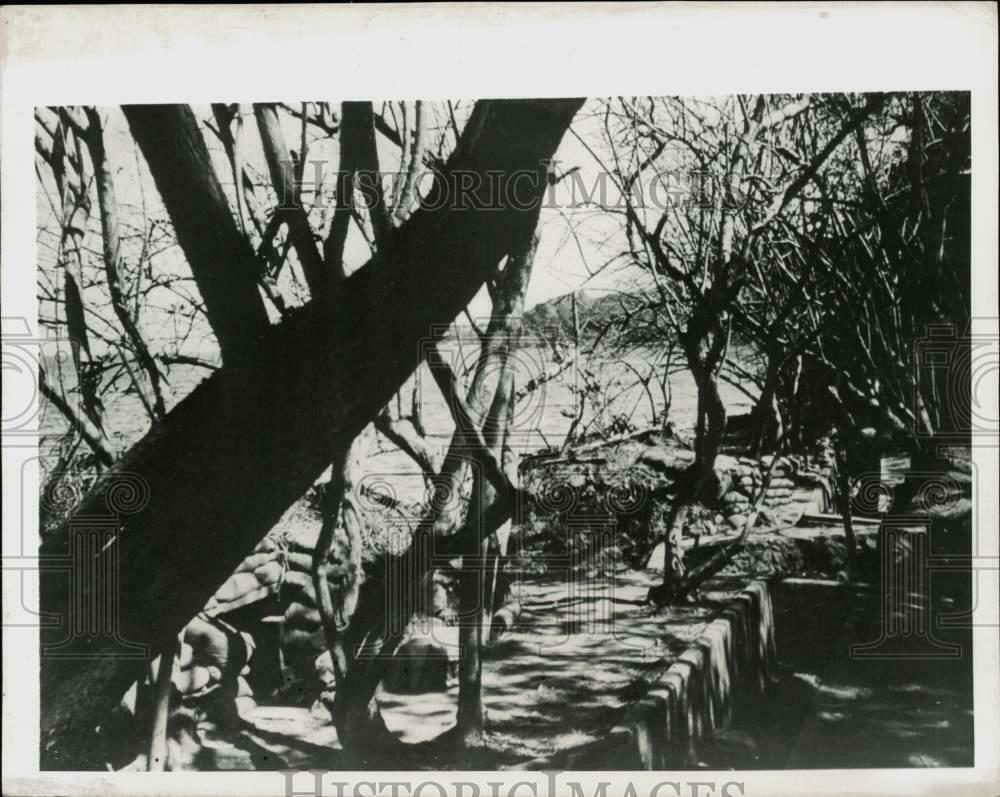
Zf348. This picture must be a Corregidor defense position, a concrete trench. The picture description says it is a Marine Shore Defense Position on Bataan. But the description says that Corregidor surrendered today with the date 5-6-42. See the next images with more details. The photo is credited as an official U.S. Marine Corps Photo from ACMF. It was sent to me by the Army Lt. Chester K. Britt Research Team who finished writing their book: “Relentless Hope: A True Story of War and Survival, by David L. Britt”.
This picture with the description seems to be on sale in the internet and a friend asked this: “Karl, any value in this photo and the caption? Looked everywhere and can’t find it ever used in a newspaper. No Marines visible in it. Wondering if you’ve ever come across what might be these trenches (major long shot with all that shoreline). My answer follows under the next picture.
———————————————–
This album and maybe others in the future, is started to present miscellaneous items that don’t seem to fit in the existing Corregidor album groups.
————————————————-
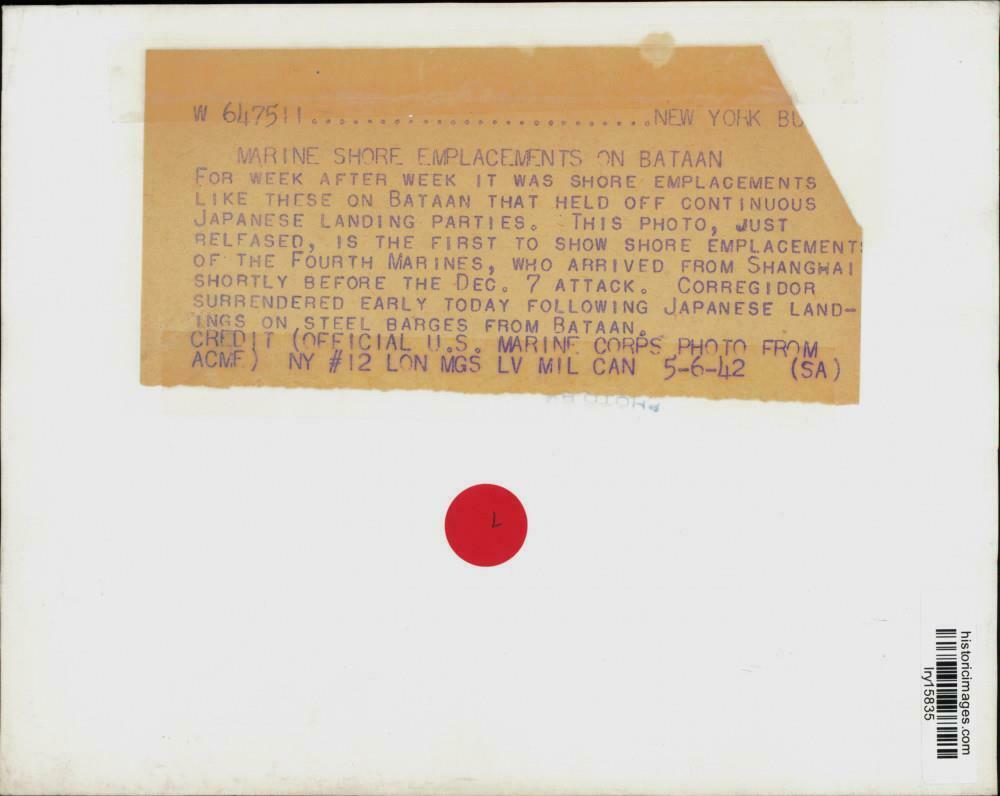
Zf349. This is the description of the previous image. This picture with the description seems to be on sale in the internet and a friend asked this: “Karl, any value in this photo and the caption? Looked everywhere and can’t find it ever used in a newspaper. No Marines visible in it. Wondering if you’ve ever come across what might be these trenches (major long shot with all that shoreline).
Here is my answer. We have a page entry in the forum, click here, with input mostly from John Moffit.
We know of more trenches on Corregidor, in front of three ravines, James, Ramsay and Government Ravines. At Geary point is a long trench connecting gun positions, I would call that a trench.
Then there is a long, wide and high trench at Wheeler Pt., it is located on top of the cliff but at the edge like for defense.
The descriptions got several things wrong; they were built by the army, prewar so it is wrong to call them Marine Trenches. And the trenches did not hold the Japanese landing parties for weeks and weeks.
The Japanese landed just before Midnight on Corregidor and by noon next day, the 6th of May it was all over. Gen Wainwright surrendered.
The Marines defended Corregidor, not Bataan; Gen MacArthur assigned the 4th Marines to do that, with concurrence of the Far East Naval Command, when they arrived from China. Some Marines from the naval installations were defending the Mariveles naval compound and installation, including the Mariveles shorelines. But most of the defenders were US Sailors. As far as I can tell there were no concrete defense trenches on Bataan. And most of the Mariveles defenders, if not all, evacuated to Corregidor when Bataan surrendered
One more point the 4th Marines were about 700 Marines that came from China, picked up maybe another 800 from the naval installations in the Philippines. During the Siege of Corregidor the 4th Marines swelled to over 3000 men, so over one half of the 4th Marines were service members from the other services, Philippine Army, Philippine Scouts, US and Philippine Sailors etc. Particular the men of the battalion that defended the Tailend were maybe more than half of other service members. I can say, reading about the landings, that I never read that anyone run or left their post without orders, they done their duty well!
———————————————————————————————–
Corregidor Trip 2013-01-17 Report Update and Correction.
I recently reviewed my Trip Report, dated 30th Jan. 2013, in the Corregidor Forum. I presented only 10 images then. I updated the links but only for the reply/entry of the 30th Jan but it is the beginning of this URL, click here.
I very much liked that challenging hike and posted about 134 pictures of that hike in this Photobucket album, click here:
For this update entry I chose another 8 simple images:
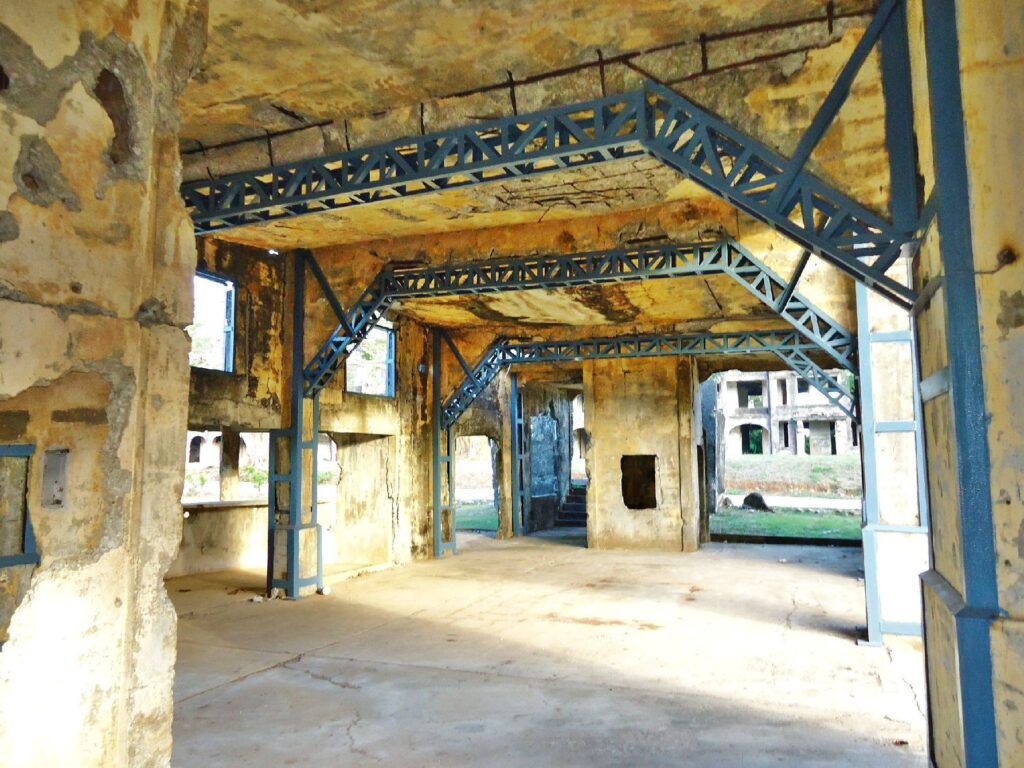
Zf473. The reinforced front section of the Corregidor, Fort Mills Cine.
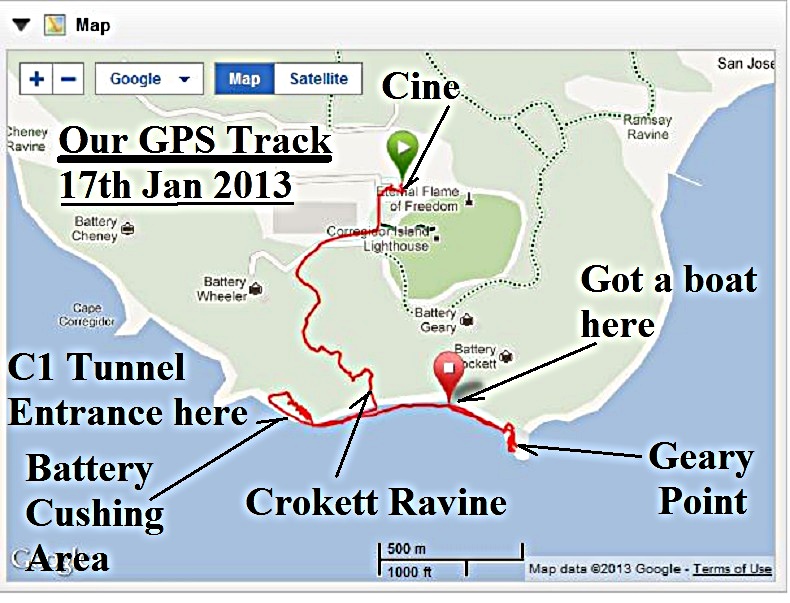
Zf474. Jan.17-2013, our GPS track to Geary Point, Corregidor Island on a terrain map.
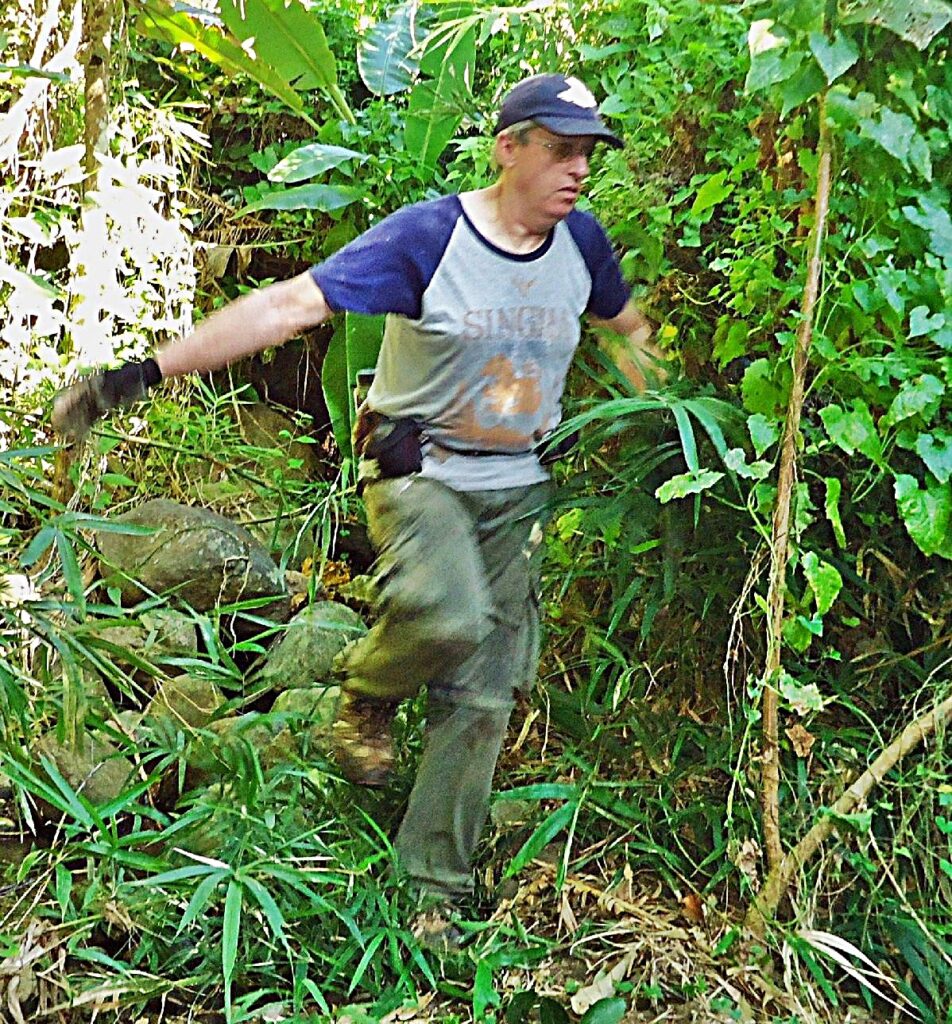
Zf475. 2013-01-17. John and I are on the way to Battery Cushing via this Crockett Ravine Creek on Corregidor, it had some water flowing but we were able to keep our feet dry.
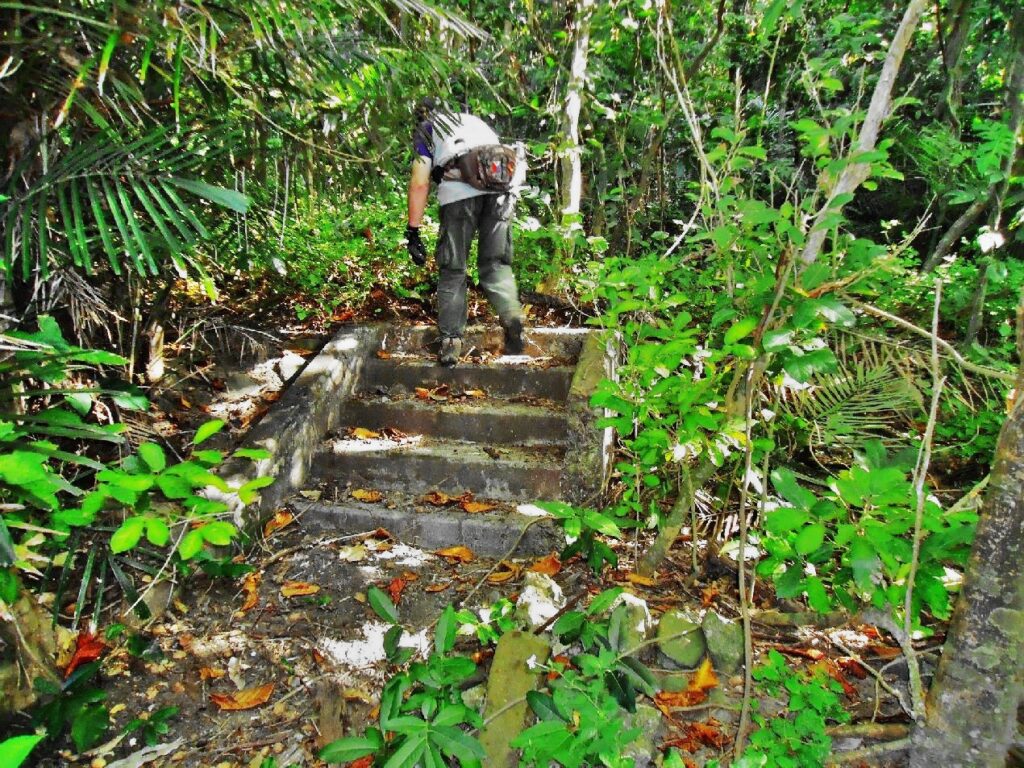
Zf476. 130117, John, in the process of clearing the step which lead down to Battery Cushing #1 gun from inland on Corregidor Island.
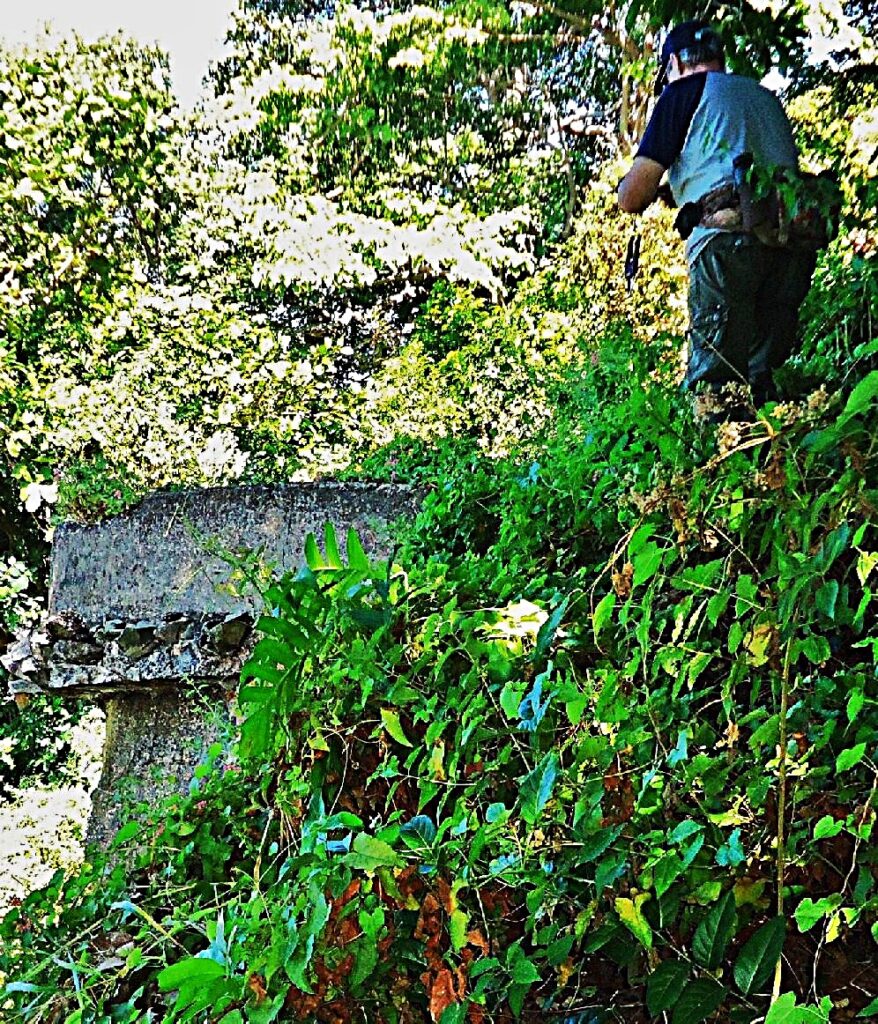
Zf477. John, aka fots2, at his great work shooting images from Battery Cushing #2 gun position. That gun position will fall into the sea in one of these years!
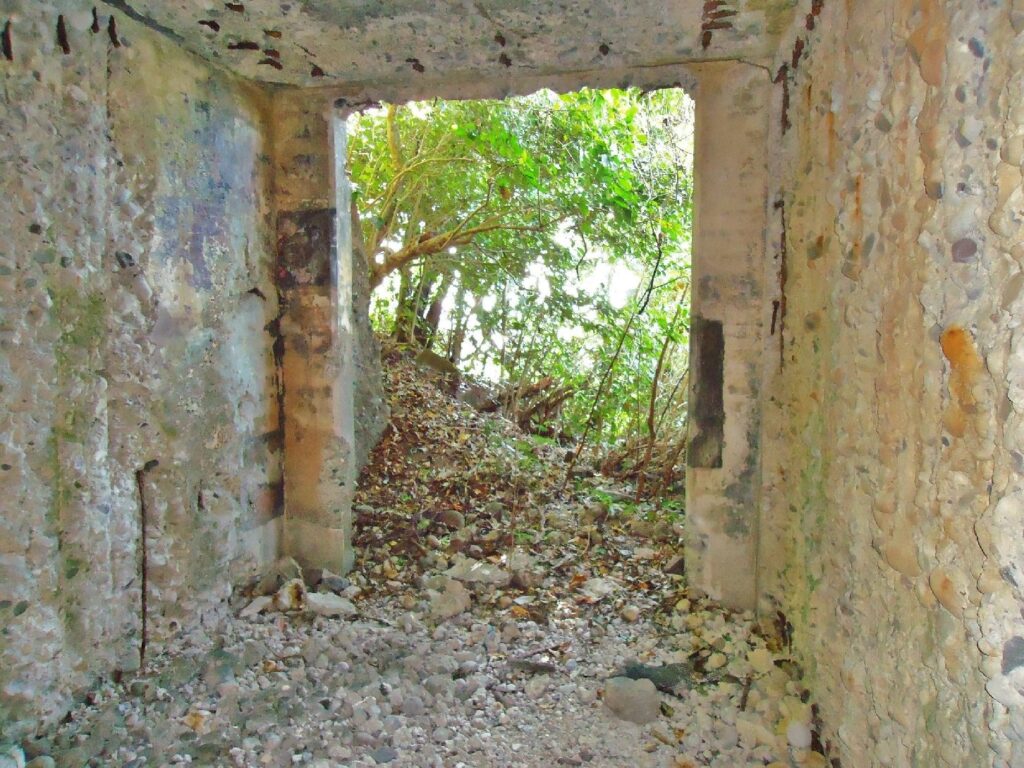
Zf478. 2013-01-17 Fort Mills on Corregidor Search Light #6 (SL6), looking out.
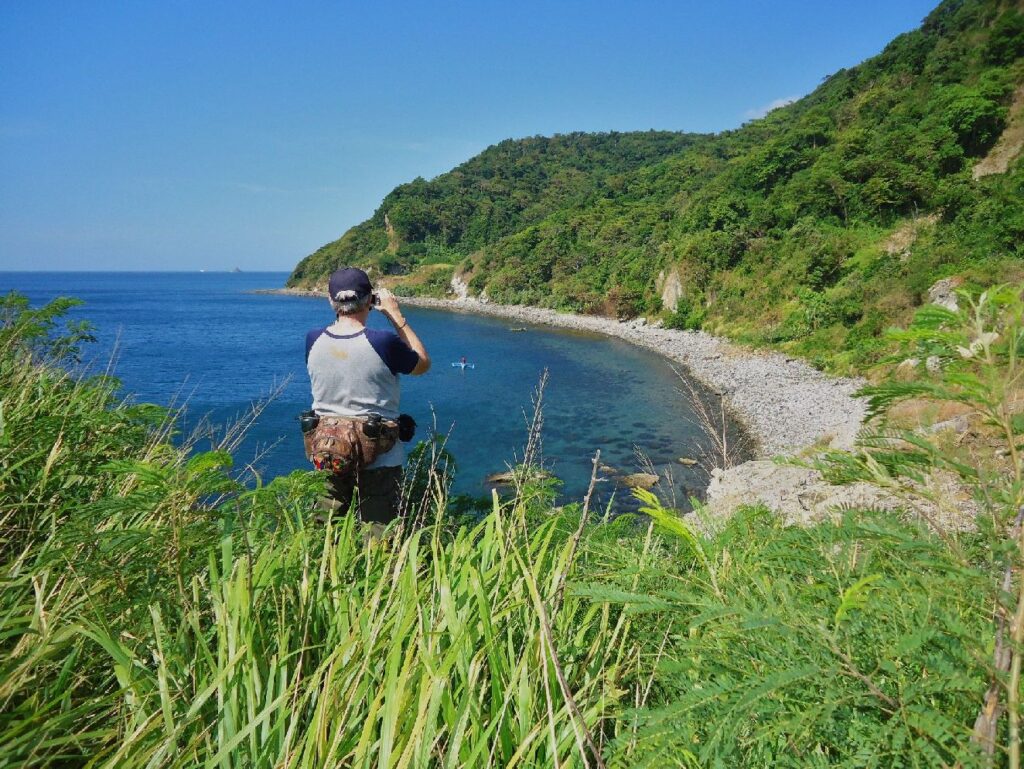
Zf479. 130117i Corregidor South Beach between SL6 & SL7.
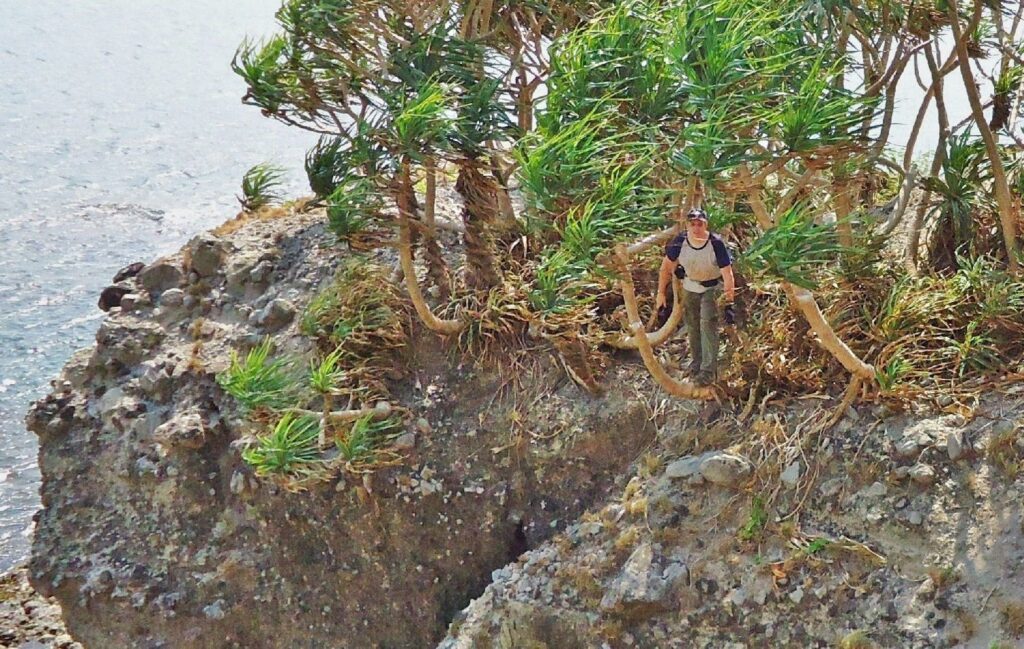
Zf480. VI-F-3 Defense Position, 2013-01-17, shooting across the badly eroded area where much of VI-M-4 used to be. John is having a look towards me from the VI-F-3 gun position. This is Geary Point on Corregidor.
On this trip John Moffitt and I got to see places on Corregidor are hard to get to or you have to pay a heavy price for a boat. We were able to see the hard-to-get-to:
Crocket Ravine, Gun Battery Cushing, Port Mills Search Lights # 6 and # 7, Geary Point and all its defense positions and the defense positions around SL6 and Batt. Cushing. Plus we had a good look at the new reinforcement project of the Fort Mills Cine Ruin.
—————————————————-
Two Historical Images.
The researcher of the writing team of the new book “Relentless Hope: A True Story of War and Survival, by David L. Britt”, John Duresky makes these two image presentations. The images in this presentation are in low resolution!
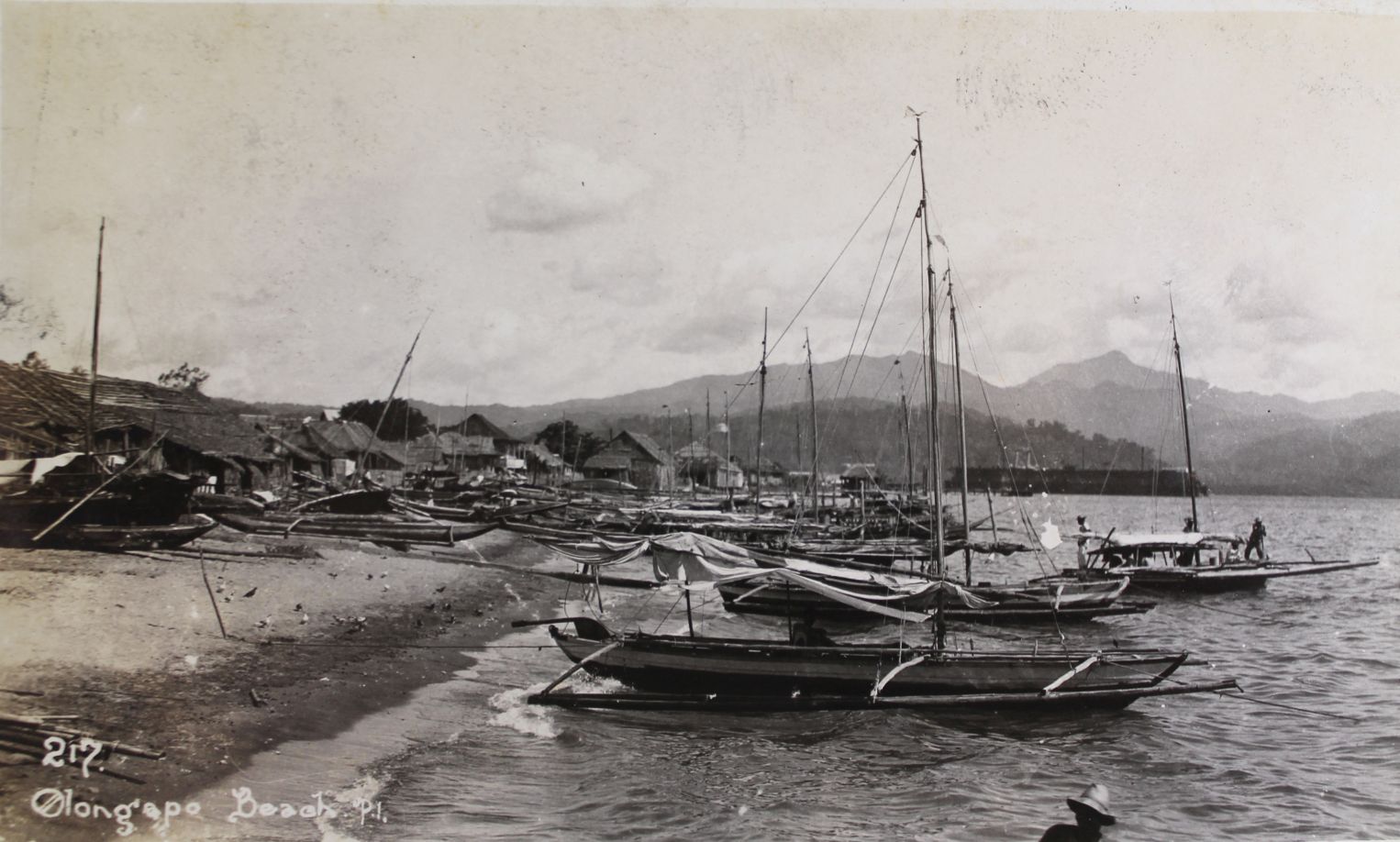
Zg127. Olongapo beach, circa 1935 or earlier with Dewey Dry-dock in the background at the Olongapo Naval Station, – Yard. The researcher of the writing team of the new book “Relentless Hope: A True Story of War and Survival, by David L. Britt”, John Duresky makes this image presentations.
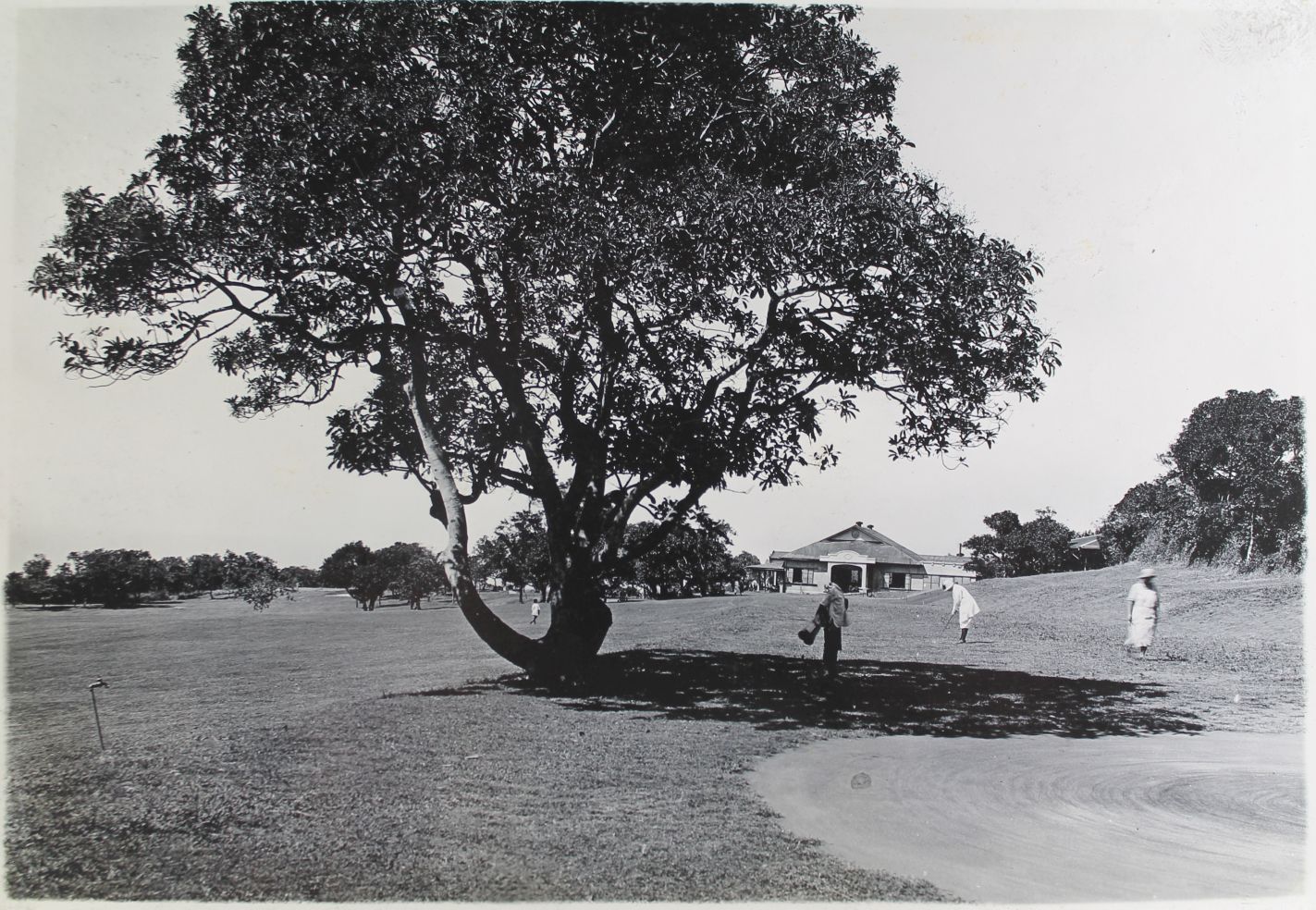
Zg128. Woman golfing at Fort Mills’ golf course on Corregidor Island circa 1935 or earlier. The researcher of the writing team of the new book “Relentless Hope: A True Story of War and Survival, by David L. Britt”, John Duresky makes this image presentations.
They are posted in high resolution in these two respective Flickr albums:
Uploaded to a Flickr album: Subic Bay Historical Images click here:
Uploaded to Flickr into a new album, Corregidor, Fort Mills Historical Pictures, click here: